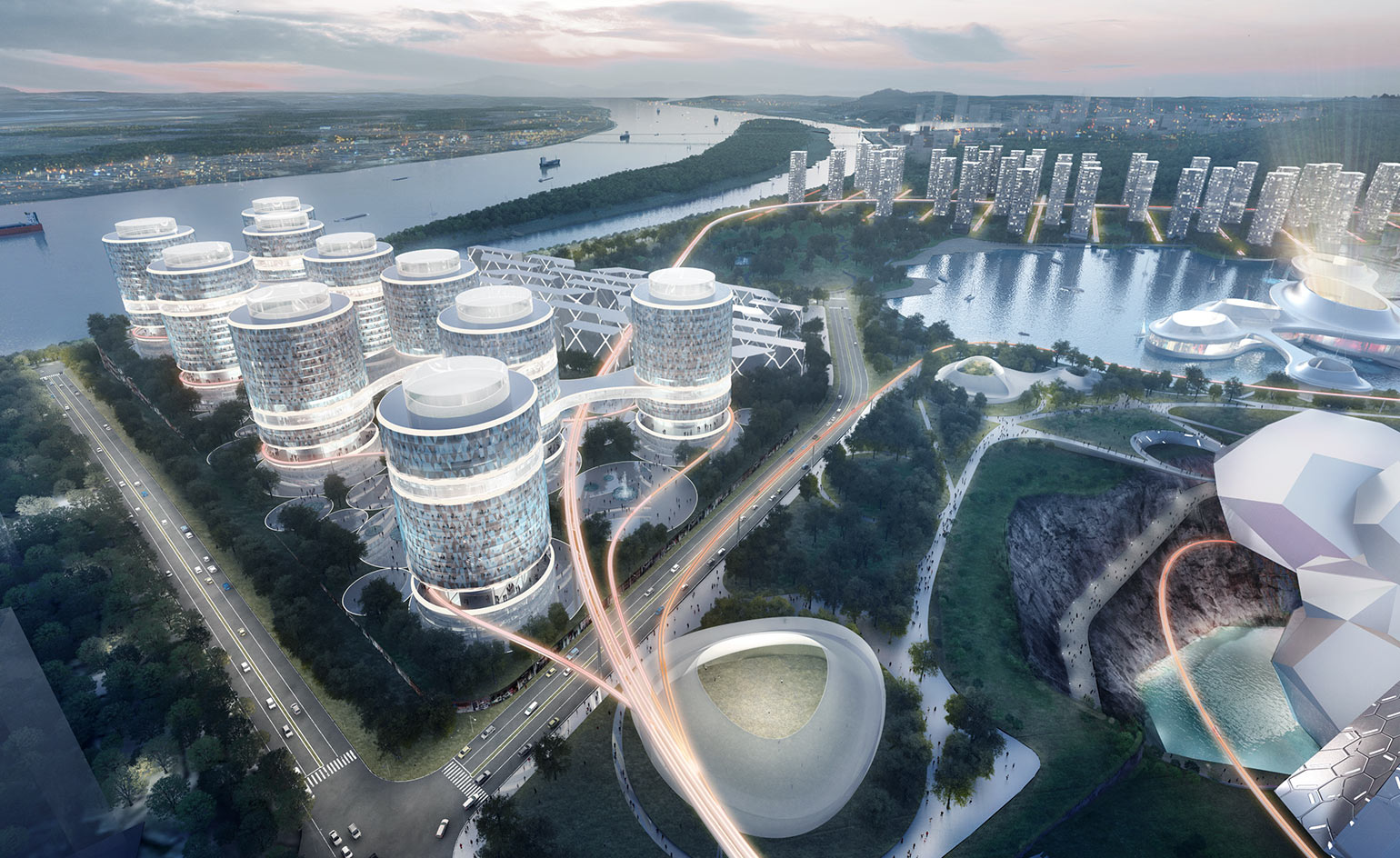How should a city behave? The MAAT examines the question of post-Internet cities

‘We are here to address problems rather than offer solutions,’ said Lisbon-based academic Helena Barranha, provocatively ushering in the museum’s first international conference on post-Internet cities in Lisbon with MAAT director Pedro Gadanho. Held in response to the museum’s inaugural exhibition, the programme involved an eclectic sequence of papers, presentations, and other multimedia offerings by an international roster of architects, artists, and academics.
The conference addressed critical conditions of the post-Internet city across four panels bookended by keynotes from voices from the art and architecture worlds. Marisa Olson – who coined ‘post-Internet’ in 2006 – kicked off the day by tracking the term’s shifting meaning since bubbling over from contemporary art into our everyday lives. Tracing her own practice as an artist, writer and curator, alongside the likes of post-Internet artists Artie Vierkant and Katja Novitskova, Olson unpicked how our fetish for constant connection has resulted in unprecedented levels of isolation and alienation in contemporary culture.

The Guggnheim BMW Art Lab was used an example of new forms activism produced by the post-Internet city by speaker Alice Bucknell
Everything, on Time, the supersensory video work co-produced by Tim Durfee, Ben Hooker and Jenny Rodenhouse, speculated on the new roles of architecture and design in responding to these rapidly changing conditions. What is a city? Is it buildings, infrastructure, and people; or is it an idea, simultaneously commercial, political, and existential – of everything, on time? Urging us to push beyond today’s out-of-touch expectations for these disciplines, the work offers five ‘idea worlds’ – from celebrity-fuelled cities, to architecture-facilitated narcissism and cities shaped by unmanned autonomous vehicles as fodder for a speculative future city-to-come.
The idea of a ‘not-so-smart’ city was further teased out by keynote speakers Salvatore Iaconesi and Oriana Persico and their Constrained Cities project that looks at the city’s bugs, blind spots, glitches and in-between spaces as sites of resistance. Iocose Collective echoed the sentiment with their manifesto Art after Failure, a tribute to the political power of the ‘glitch’ in creating new realities and zones of imagination for future cities and for art.
Discussion culminated with the eco-city. Speakers addressed the fraught relationship between technological advancement, environmental disaster, ecologies of attention, and the anthropocene. The power of the interface over our social interactions and navigation of urban space emerged as another key theme, branching out from the screen’s capacity to literally re-wire our neurological system to the ways its built form (the ‘archinterface’) transforms public space into informational territory.

Postcards from Google Earth, Bridges, an art project by artist Clement Valla, 2011
Finally, Hani Rashid twisted post-Internet into its architectural manifestation – cue post-technological – that mirrored the undulating work of his New York practice Asymptote Architecture. Leaping from Tatlin’s Tower to 1960s sci-fi aesthetics and architecture of the space age to Asymptote’s current projects, including the £6b master plan of Changsha Eco City in China, Rashid’s talk exposed the cruel optimism of the utopia/dystopia paradigm.
Even in the age of so-called ‘technological euphoria’ where architecture’s toolbox may finally catch up to the discipline’s unbounded imagination, where lush greenery merges seamlessly with net-zero energy infrastructure, we are paralysed by our traditional understandings of what a city ought to look like, and how it should behave. Circling back to Barranha’s prophetic opener, the post-internet city emerged as a double-edged software whose streets are best kept borderless, permeable, fluctuating, and challenged.

Changsha Eco City master plan by Asymptote Architects

BMW Guggenheim Art Lab was a laboratory and think tank that visited New York, Berlin and Mumbai between 2011 and 2013

Kippenberger’s METRO-Net extension by Klaus Scherübel, 2012-13

Constrained Cities, 2017, by Salvatore Iaconesi and Oriana Persico

Designed by Estúdio Guto Requena, the Hotel WZ Jardins is a project that explores the concept of a ‘hacked city’, and uses the façade as a public space with the function to bring positive change through communication

Everything, on Time, 2015, by Tim Durfee and Ben Hooker with Jenny Rodenhouse
INFORMATION
For more information, visit the MAAT website
Wallpaper* Newsletter
Receive our daily digest of inspiration, escapism and design stories from around the world direct to your inbox.
-
 Extreme Cashmere reimagines retail with its new Amsterdam store: ‘You want to take your shoes off and stay’
Extreme Cashmere reimagines retail with its new Amsterdam store: ‘You want to take your shoes off and stay’Wallpaper* takes a tour of Extreme Cashmere’s new Amsterdam store, a space which reflects the label’s famed hospitality and unconventional approach to knitwear
By Jack Moss
-
 Titanium watches are strong, light and enduring: here are some of the best
Titanium watches are strong, light and enduring: here are some of the bestBrands including Bremont, Christopher Ward and Grand Seiko are exploring the possibilities of titanium watches
By Chris Hall
-
 Warp Records announces its first event in over a decade at the Barbican
Warp Records announces its first event in over a decade at the Barbican‘A Warp Happening,' landing 14 June, is guaranteed to be an epic day out
By Tianna Williams